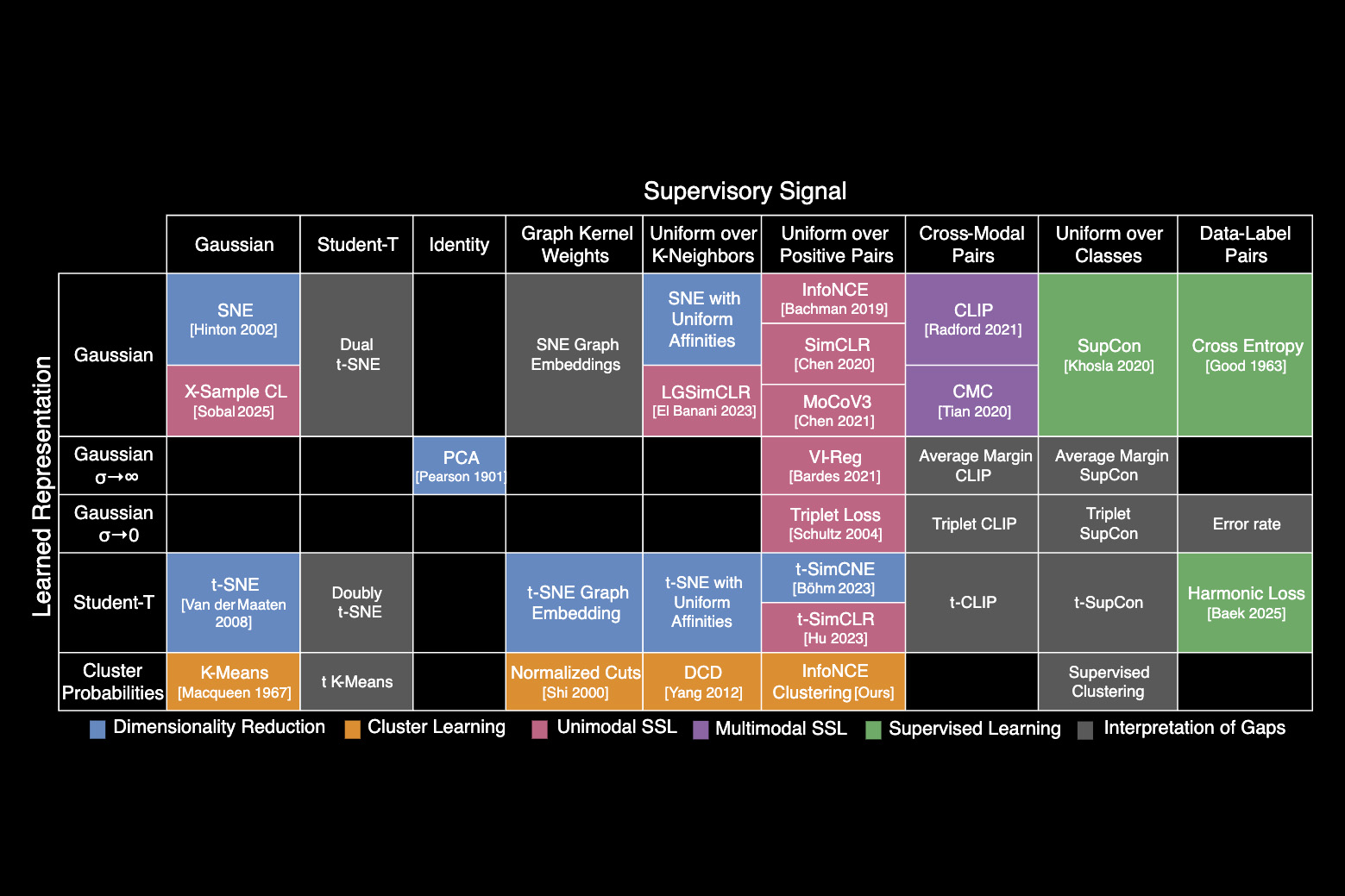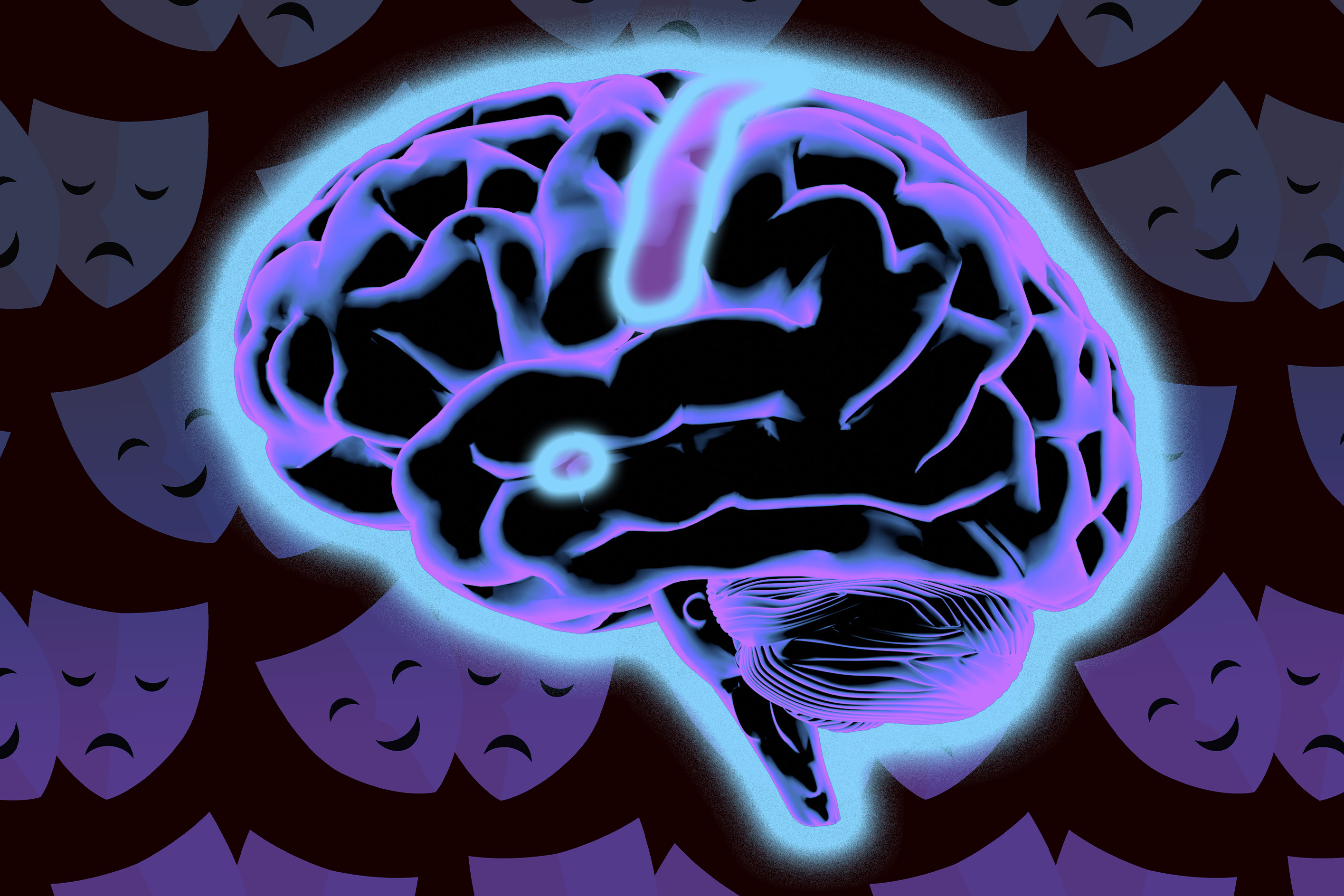Google DeepMind Unveils Music AI Sandbox and Lyria 2: Milestones in AI Music Creation
Google DeepMind recently released two groundbreaking AI music projects: Music AI Sandbox and Lyria 2. Developed by a team of dozens of engineers and researchers, these projects represent the combined efforts of DeepMind, Alphabet, and the YouTube team. Music AI Sandbox and Lyria 2 mark significant advancements in AI music creation, promising new possibilities for music composition and transformative changes for the music industry.




















